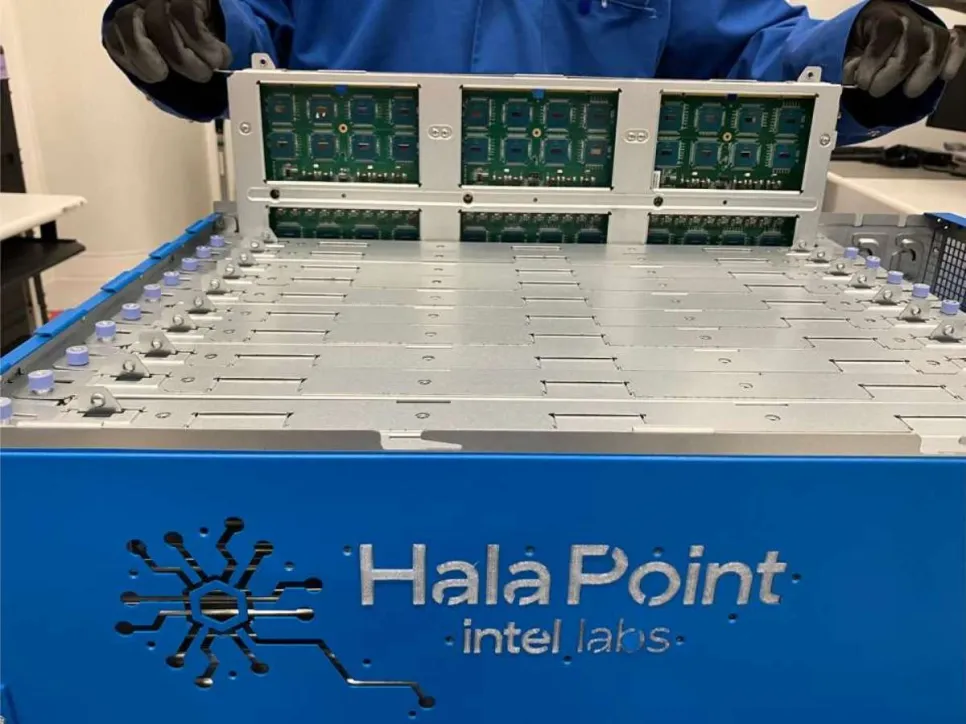Intel Builds the World’s Largest Neuromorphic System
Intel has built the world's largest neuromorphic system code-named Hala Point.

Intel has built the world's largest neuromorphic system code-named Hala Point. This large-scale neuromorphic system, initially deployed at Sandia National Laboratories, utilizes Intel’s Loihi 2 processor, aims at supporting research for future brain-inspired AI, and tackles challenges related to the efficiency and sustainability of today’s AI. Hala Point advances Intel’s first-generation large-scale research system, Pohoiki Springs, with architectural improvements to achieve over 10 times more neuron capacity and up to 12 times higher performance.
“The computing cost of today’s AI models is rising at unsustainable rates. The industry needs fundamentally new approaches capable of scaling. For that reason, we developed Hala Point, which combines deep learning efficiency with novel brain-inspired learning and optimization capabilities. We hope that research with Hala Point will advance the efficiency and adaptability of large-scale AI technology,” said Mike Davies, director of the Neuromorphic Computing Lab at Intel Labs.
Hala Point is the first large-scale neuromorphic system to demonstrate state-of-the-art computational efficiencies on mainstream AI workloads. Characterization shows it can support up to 20 quadrillion operations per second, or 20 petaops, with an efficiency exceeding 15 trillion 8-bit operations per second per watt (TOPS/W) when executing conventional deep neural networks. This rivals and exceeds levels achieved by architectures built on GPUs and CPUs. Hala Point’s unique capabilities could enable future real-time continuous learning for AI applications such as scientific and engineering problem-solving, logistics, smart city infrastructure management, LLMs, and AI agents.
Currently, Hala Point is a research prototype that will advance the capabilities of future commercial systems. Intel anticipates that such lessons will lead to practical advancements, such as the ability for LLMs to learn continuously from new data. Such advancements promise to significantly reduce the unsustainable training burden of widespread AI deployments. Researchers at Sandia National Laboratories plan to use Hala Point for advanced brain-scale computing research. The organization will focus on solving scientific computing problems in device physics, computer architecture, computer science, and informatics.
Recent trends in scaling up deep learning models to trillions of parameters have exposed daunting sustainability challenges in AI and have highlighted the need for innovation at the lowest levels of hardware architecture. Neuromorphic computing is a fundamentally new approach that draws on neuroscience insights that integrate memory and computing with highly granular parallelism to minimize data movement. Advancing on its predecessor, Pohoiki Springs, Hala Point now brings neuromorphic performance and efficiency gains to mainstream conventional deep learning models, notably those processing real-time workloads such as video, speech, and wireless communications.